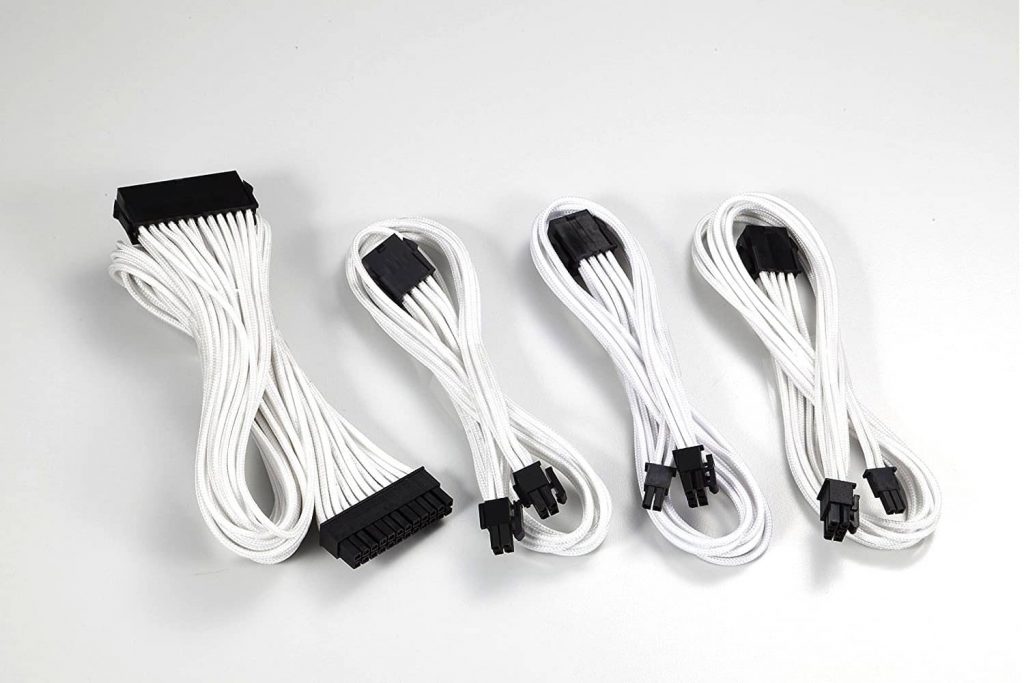Just as there are many kinds of equipment and gadgets, there is also much kind of cables to charge them. A cable has to not just meet equipment’s requirements; it must also suit the environment in which it functions. This is why we have flat cables, battery cables, instrumentation cables and flexible cables.
Flexible cables are used where we need a cable that can be moved around. These are cables that can bend under an external force without any resultant damage to their physical integrity. Some cables have higher flexibility than others.
Flexible cable manufacturers supply to a wide array of industries from music to marine instruments in machines that are as diverse as crane, speakers and conveyors! The rising automation has increased the demand for flexible cables, since most automation solutions require cables that can cope with constant movement and have the capability to stay intact for long.
Construction
Broadly speaking there are two types of flexible cables: those with conductor stranding in layers, and those with bundled or braided stranding.
Bundled or braided stranding
Here the conductors are braided around a tension-proof centre. By avoiding layering and putting the conductors in a tighter bundled construction, we create more uniform bend radius for each conductor. At the point of the flex, the core moves from the inside towards the outside.
This is a quick movement and it guarantees that the compression and stretch of the cores is not confined to a single core. The pressure is uniform, reducing the overall stress. The insulation is usually pressure filled, since the intention is simply to keep the cores from unwinding. This makes the braided cables stiffer than layered cable. But it has a longer flex life.
Stranding in layers
Here the flexible cable manufacturer will have cores that are stranded in layers around a centre. The cores are left in relatively long strands. The insulation is a simple extruded jacket. The construction means that the pressure on the conductors is more unevenly distributed as the inner radius compresses, but the outer radius is stretched.
This gives the cable more flexibility as the inner cores bend easily. But over time, the inner and outer cores get set in their stretching zones. Material fatigue sets in and the cable gets deformed. So, even though it has higher flexibility, its flex life is actually lower.
Why do we need flexible cables?
Finely stranded
Flexible cables typically have fine stranding which gives them their flexibility.
Durable insulation
A flexible cable must have a tough and durable insulation to withstand the constant bedding and coiling. This also makes it suitable for all kind of environments. Most insulation jackets are able to withstand the usual number of corrosives.
Variety of sizes
These are available in all kind of sizes. This is mostly because flexible cable manufacturers have to cater to a wide range of machine and implements. It means that whatever you requirements, you will find a cable for it.
Custom built
Many flexible cable manufacturers will offer custom built cables to meet the unique requirements of a particular instrument. IN many cases, the cables have to be used with specific connectors. Many manufacturers will also offer custom built connector, giving you an entire range of custom built construction.
Can pass flex tests?
Only a flexible cable can pass a flex test with flying colours. While many cables may withstand bending for an initial installation, only flexible cables will have the flex life to sustain prolonged movement.
Things to keep in mind when selecting with flexible cables:
- Flexible cables require the right fittings, connectors. The selection must also take into account the unique functioning, ampacity etc. All these factors must be calculated and considered beforehand.
- Each cable has its place. While flexible cables have multiple benefits, as listed below, rigid cables have their own place and one must never mix the two. Do not use a flexible cable where you need a permanent wiring. The cables, designed to have movement will be difficult to install and stay installed!
- A damaged or deformed cable is a fire hazard waiting to happen. Replace such cables, instead of patching them up.
Flexible cable manufacturers today have a wide range of cables categorized by type and function. Talk to your supplier to know more about what you need.
For More Information and Updates about Latest NEWS, Keep Visiting EBuzz Spider. Follow us on Facebook, Twitter, and Subscribe for Daily Updates To Your Mail Box.
